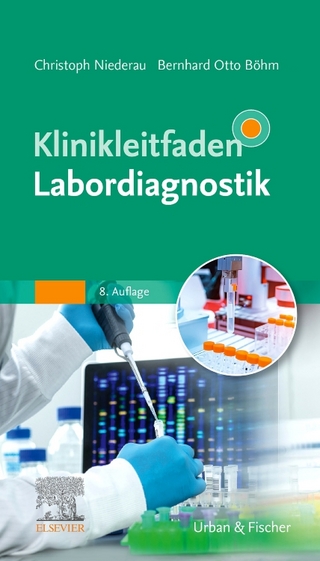
The First Discriminant Theory of Linearly Separable Data
Springer Verlag, Singapore
978-981-99-9419-9 (ISBN)
This book deals with the first discriminant theory of linearly separable data (LSD), Theory3, based on the four ordinary LSD of Theory1 and 169 microarrays (LSD) of Theory2. Furthermore, you can quickly analyze the medical data with the misclassified patients which is the true purpose of diagnoses. Author developed RIP (Optimal-linear discriminant function finding the combinatorial optimal solution) as Theory1 in decades ago, that found the minimum misclassifications. RIP discriminated 63 (=26−1) models of Swiss banknote (200*6) and found the minimum LSD: basic gene set (BGS).
In Theory2, RIP discriminated Shipp microarray (77*7129) which was LSD and had only 32 nonzero coefficients (first Small Matryoshka; SM1). Because RIP discriminated another 7,097 genes and found SM2, the author developed the Matryoshka feature selection Method 2 (Program 3), that splits microarray into many SMs. Program4 can split microarray into many BGSs. Then, the wide columnLSD (Revolution-0), such as microarray (n
Theory3 shows the surprising results of six ordinary data re-analyzed by Theory1 and Theory2 knowledge. Essence of Theory3 is described by using cephalopelvic disproportion (CPD) data. RIP discriminates CPD data (240*19) and finds two misclassifications unique for cesarean and natural-born groups. CPD238 omitting two patients becomes LSD, which is the first case selection method. Program4 finds BGS (14 vars.) the only variable selection method for Theory3. 32 (=25) models, including BGS, become LSD among (219−1) models. Because Program2 confirms BGS has the minimum average error rate, BGS is the most compact and best model satisfying Occam’s Razor.
With this book, physicians obtain complete diagnostic results for disease, and engineers can become a true data scientist, by obtaining integral knowledge ofstatistics and mathematical programming with simple programs.
Shuichi Shinmura is Emeritus Professor in Seikei University, Tokyo. His publication includes "High-dimensional Microarray Data Analysis: Cancer Gene Diagnosis and Malignancy Indexes by Microarray" (Springer Nature 2019) and "New Theory of Discriminant Analysis After R. Fisher: Advanced Research by the Feature Selection Method for Microarray Data" (Springer 2017).
The most important knowledge by 27 Revolutionary Findings and the Outlook of this book.- LINGO Programs Usage and New Facts by Iris Data.- Swiss banknote data and CPD data.- Test Pass/Fail Judgment and Japanese Compact Cars and Regular Cars.- First Theory of Cancer Gene Data Analysis by 169 Microarrays: Four Universal Data Structures of Discriminant Data.- Three Important Studies for Cancer Gene Diagnosis.- Two-Step Practical Screening Method for Cancer Gene Diagnoses: Multivariate Oncogenes among 169 Microarrays.
| Erscheinungsdatum | 13.04.2024 |
|---|---|
| Zusatzinfo | 87 Illustrations, color; 17 Illustrations, black and white; XXXI, 347 p. 104 illus., 87 illus. in color. |
| Verlagsort | Singapore |
| Sprache | englisch |
| Maße | 155 x 235 mm |
| Themenwelt | Mathematik / Informatik ► Mathematik ► Geometrie / Topologie |
| Mathematik / Informatik ► Mathematik ► Wahrscheinlichkeit / Kombinatorik | |
| Medizin / Pharmazie ► Allgemeines / Lexika | |
| Studium ► 2. Studienabschnitt (Klinik) ► Anamnese / Körperliche Untersuchung | |
| Naturwissenschaften ► Biologie ► Genetik / Molekularbiologie | |
| Schlagworte | 69 Microarray’s Linearly Separable Data • Animals Gene Diagnoses • Cancer Gene Analysis • Cancer Gene Diagnosis • Exams Evaluation Technique • Four Ordinary Linearly Separable Data • Industrial Products Evaluation • Linearly Separable Data • Making Data Linearly Separable Data • Rating Data Analyses • Revolutionary Discriminant Theory • Revolutionary Medical Diagnoses • Various Rating Solutions |
| ISBN-10 | 981-99-9419-5 / 9819994195 |
| ISBN-13 | 978-981-99-9419-9 / 9789819994199 |
| Zustand | Neuware |
| Haben Sie eine Frage zum Produkt? |
aus dem Bereich


